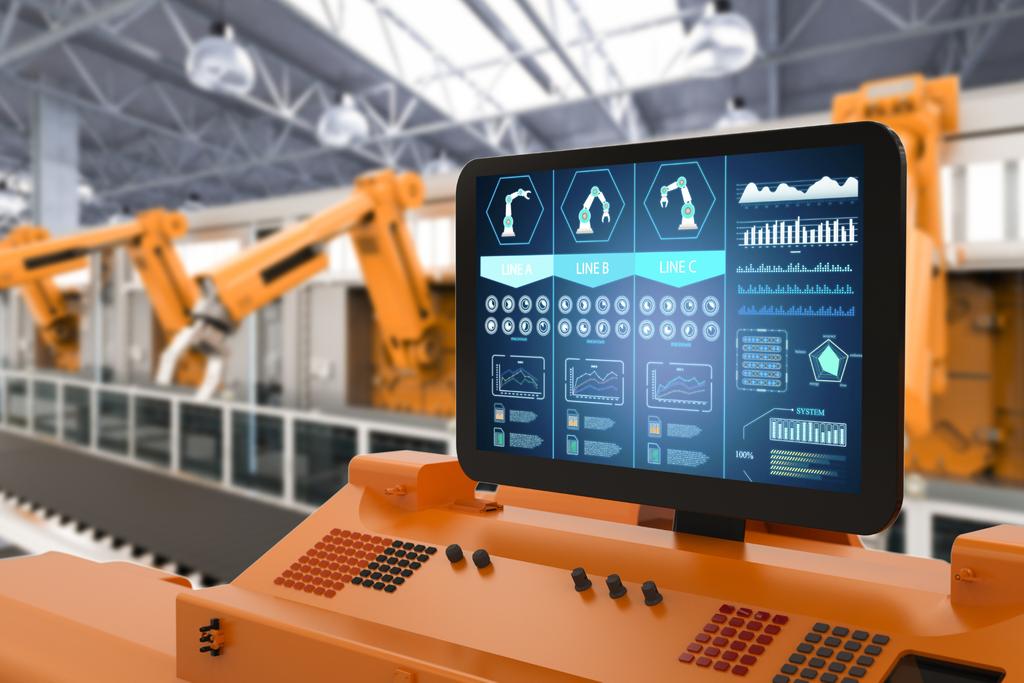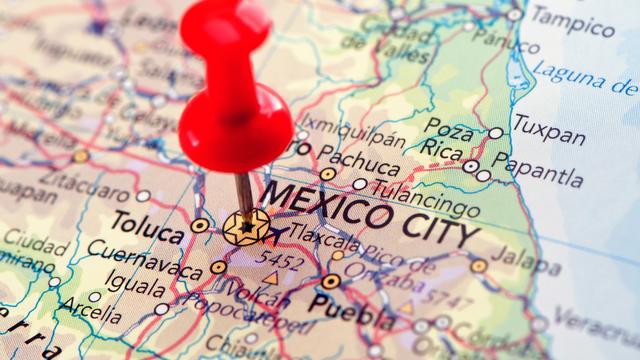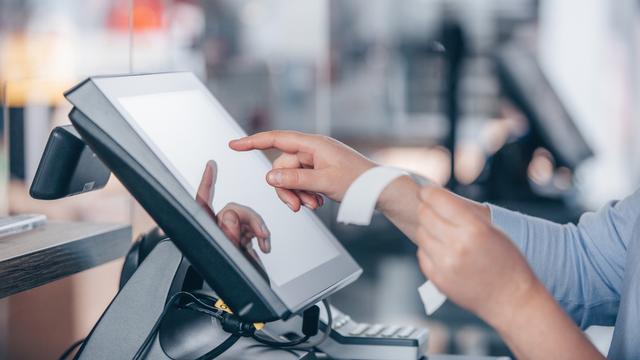Business automation is one of those things that sound like a far-away possibility for some restaurant owners. We’re here to tell you it’s not!
The truth is, dear restaurateur, that you don’t need to go and buy some imported, fancy, and expensive robot to start automating your business. Also, automating restaurants is not new at all — it’s a process that has been in the making ever since restaurants exist.
In this article, I will tell you about:
- 4 different ways automation can help your restaurant grow.
- And about how you can start automating your restaurant easily.
If you’re here because you’re worried that your restaurant is falling behind a little bit, then you made it in time. The best part is that you are interested in finding out how you can unearth your restaurant. We really can’t help someone who doesn’t want help, so you being here is a great first step. Let’s get into it!
What Is Automation?
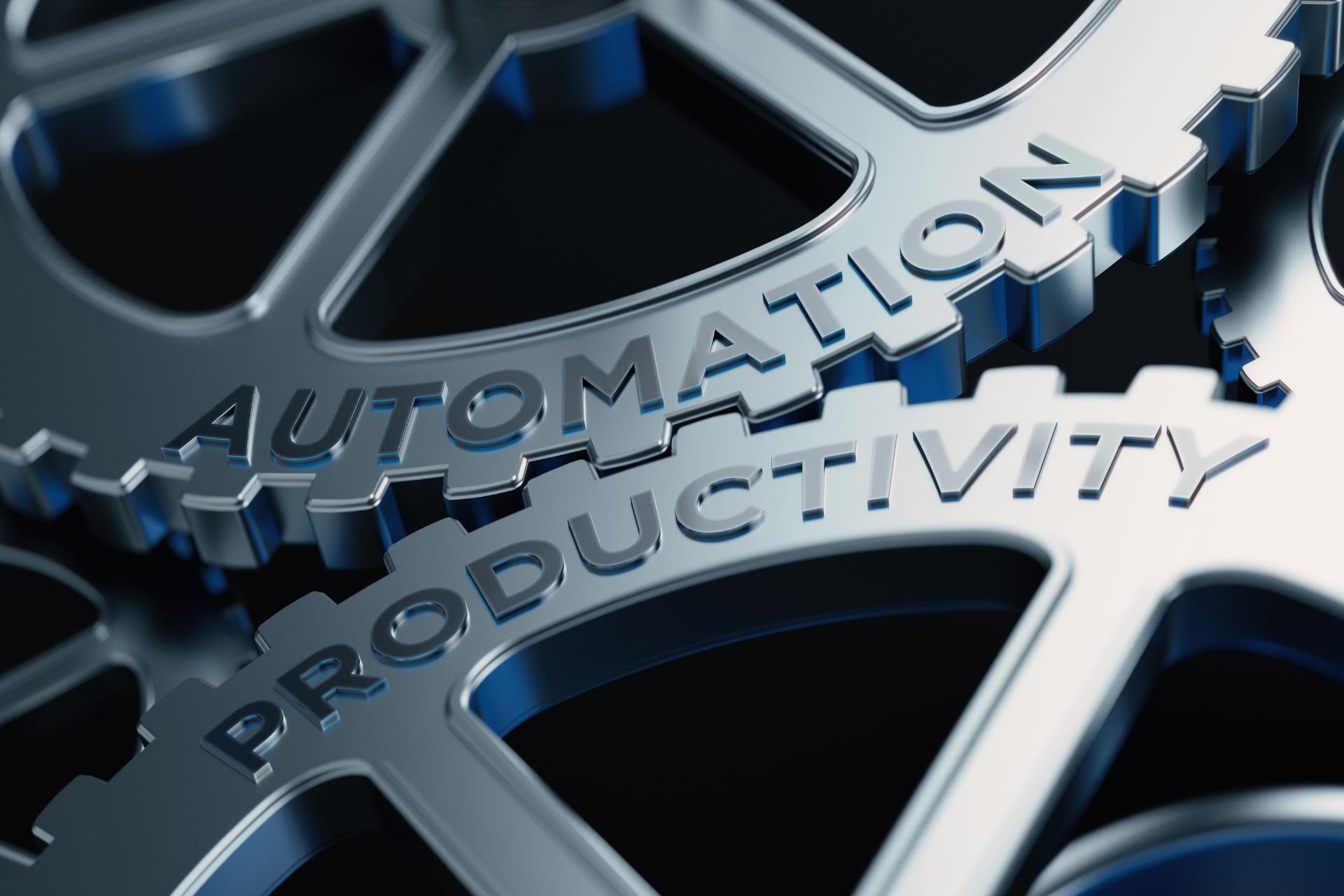
Automation is the process of turning a task that requires intervention, into a seamless, efficient process that you can watch from a distance. It’s like riding a bike! Once you know, you really don’t need to know anymore because you can pedal away seamlessly.
Now, restaurant automation is much more complex than riding a bike or using a calculator instead of pen and paper. Restaurants are very complex businesses that handle a lot of data, staff, inventory, customer relations, and so on. That’s why right now, in the age of AI, we have it easier than ever. AI comes to revolutionize the restaurant industry by handling a lot of the mostly-virtual processes for you.
There are very few limitations to the things you can automate in a restaurant. Even though I mentioned you don’t have to go buy some production robot to handle your restaurant’s kitchen, you sure have the option now.
4 Ways Automation Grows Your Restaurant
After all of this, what you need to know is that understanding automation and applying it in your restaurant can give you an incredible advantage. In an industry as competitive as this, you need every ounce of weight you can put on your side of the scales. In some cases, you need it just to have a chance!
If you’re still not convinced about these facts, then I’ll tell you four more that will do the trick to convert you into automation fan number one.
1. Finding and Understanding Customer Consumption Data to Really Satisfy Their Needs

After a day of service in your restaurant, there are dozens of numbers that can go unnoticed to the naked eye. The devil’s on the details if you want to leap away from your competition. That’s why understanding customer metrics is vital — but first, you need to find that data. Some important numbers are:
- The average time customers spend looking through your menu.
- The time it takes for them to finish their dishes.
- The time they spend after finishing their food.
- The average ticket cost of your restaurant and per table.
- The average tip your customers leave after service.
- The number of orders you get from different channels, like online orders, take-out orders, quick dine-ins, reservations per day or hour, and more.
Each of these numbers has a different meaning, which in the end can be turned into questions:
- Is your menu too long or too short?
- Are your dishes too darn big?
- Is your restaurant inviting customers to stay? Do you want them to leave faster to offer the table? Do you need to create an after-meal lounge?
- Is your average ticket enough? Do you need to up your prices?
- Are your customers satisfied with the service before leaving?
- Are your channels effective to attract customers? Do you need to add a new channel or eliminate one?
Most restaurant owners are oblivious to these. And in fact, that’s great, because keeping up with that data or having someone dedicated only to observing and writing down each is nonsense. Or at the very least, stressful.
That’s when a watcher in the dark, big brother style, comes in handy. There are some amazing apps out there that can help you figure out exactly that data. Even if you don’t want to pay for an expensive app, then you can just do it the old-fashioned way — delegate it. Then, create a spreadsheet with all the data, and start making experiments to find out what’s best for your customers or for your restaurant’s objectives.
2. Embracing Self-Service to Accelerate FOH Operations
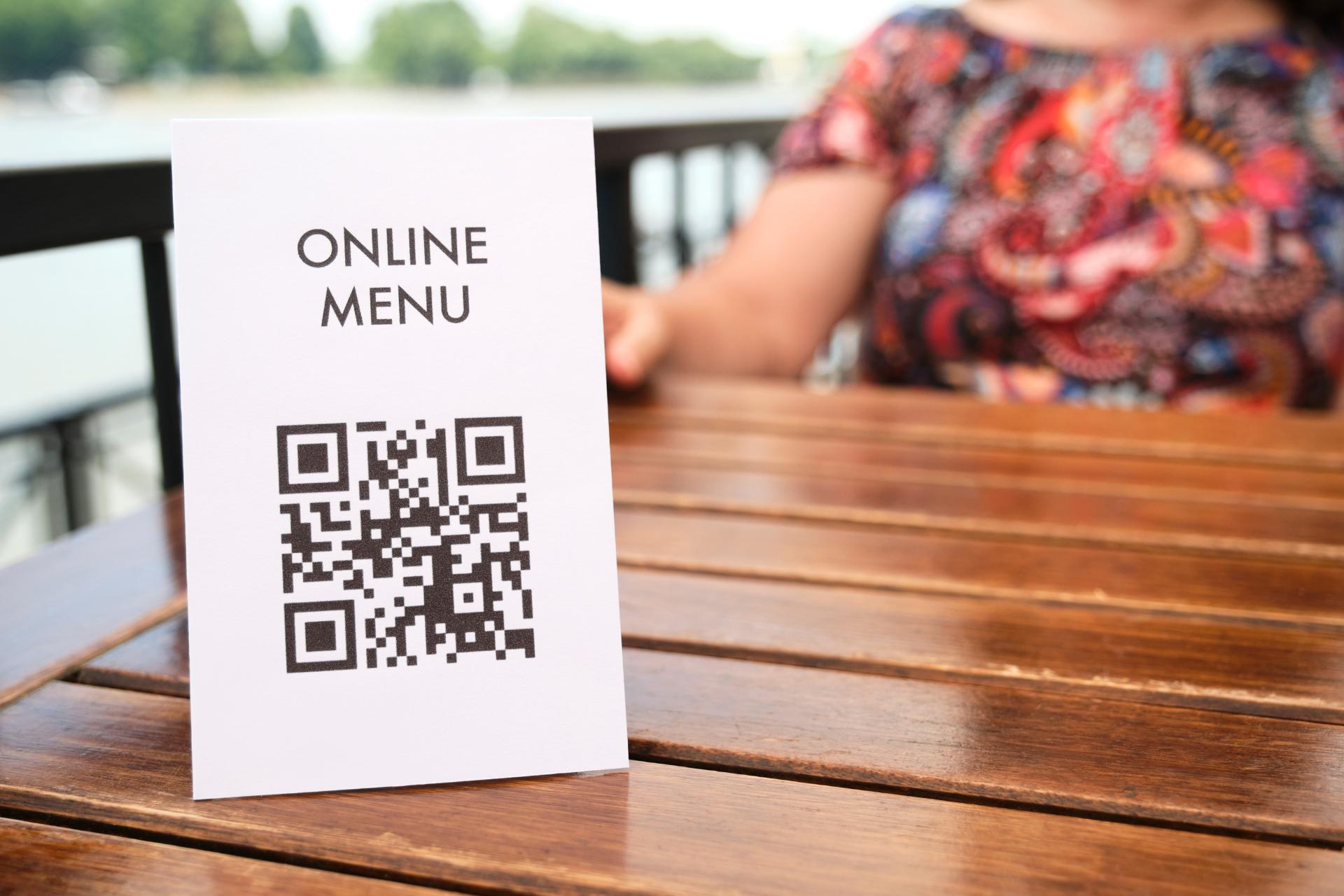
We now live in a post-pandemic reality, and nothing can change that. That’s exactly why we can’t get rid of self-service as a trend in, well, everything. Restaurants have had a heavy dosage of self-service in the last decade — yours hasn’t? Check out Waiterio POS!
Self-promotion aside, self-service is here to stay. And it can help your restaurant in truly incredible ways.
The thing is, self-service came to restaurants in many shapes and sizes:
- QR code ordering from tables.
- Online ordering for takeout and delivery.
- Self-service kiosks.
- Tablets or devices placed on tables for this purpose.
- And of course, KDS and thermal printers connected to your POS solution to deliver this information directly to the kitchen.
How is this automation? Well, the automation part is where you no longer need waiters to take orders directly, and customers do that themselves — ahem, automatically. Adopting this type of tech in your restaurant is not impossible or even hard because there are many different methods.
You can take the hard route and build a custom website, or just subscribe to any of our paid plans to get it done with a few clicks. This will improve your restaurant in many ways:
- It will accelerate your order-taking process.
- It will give more control to your customers.
- You can take full advantage of menu engineering and persuasion practices.
- You can increase your average bill throughout your different channels.
- And you can save money on payroll costs — you won’t need as many waiters!
Some restaurants have deemed this so convenient that they’ve reimagined their services to accommodate this better and take advantage of the self-service craze.
Of course, some solutions are too expensive. Still, that doesn’t change that a lot of recognized brands, like Mcdonald's, are investing heavily in AI automation since 2019. That will boost sales and operation efficiency, lower payroll costs, and ultimately increase raw profits. You can also have a small piece of these benefits in your restaurant!
3. Optimizing Staff Management to Save on Payroll Costs
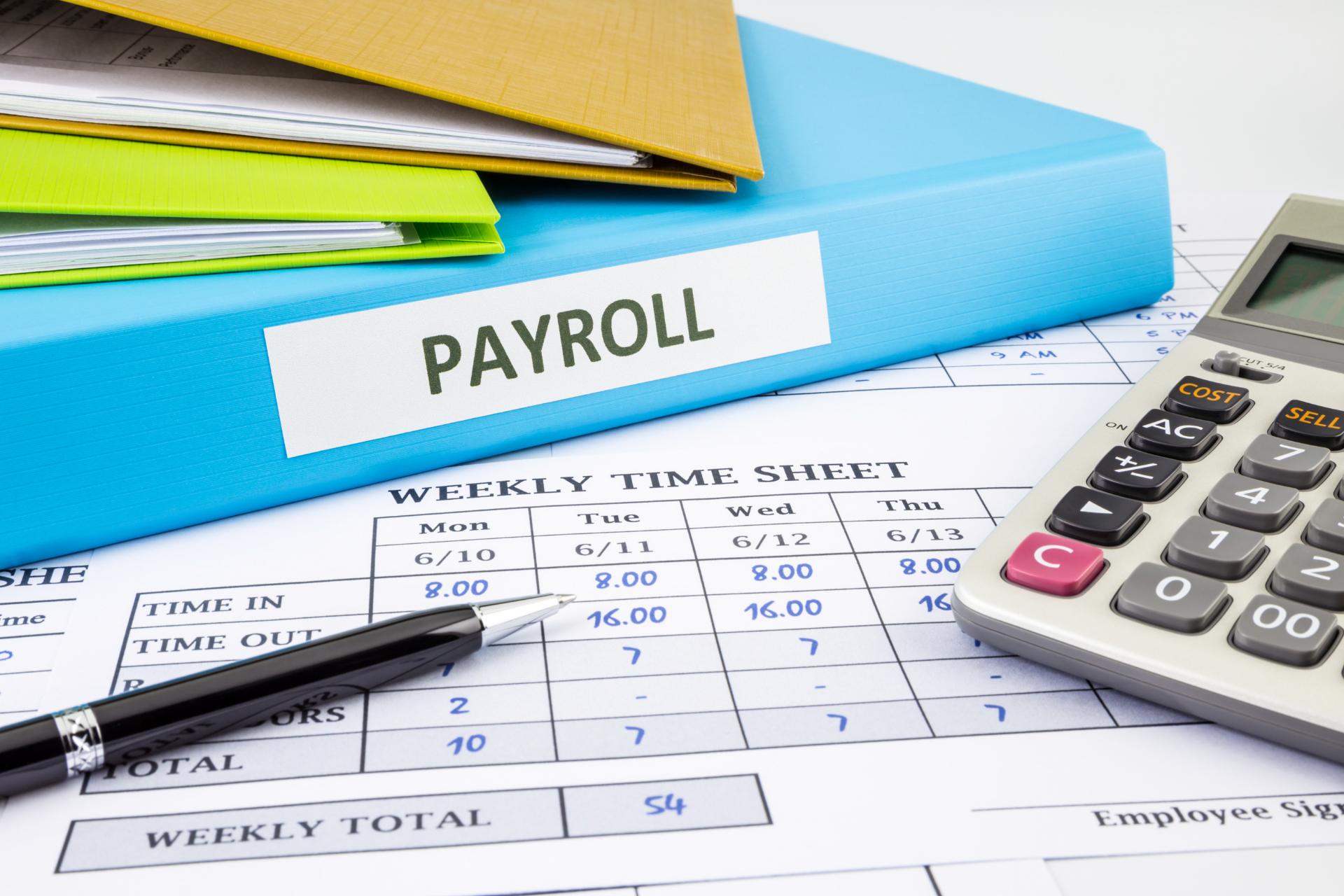
Staff management has never been as important as today. In years before, when payroll costs weren’t as high as today, restaurant owners could afford to have businesses with dozens of employees who would just do nothing during low-customer days.
Days like that are over. Owners and managers alike now understand that a lot of personnel doesn’t equal efficiency. On the other hand, they understand that too little staff doesn’t equal efficiency either. Considering staff shortages are still occurring, this can be a hardcore balancing act. Data like this can help you find out what works best for your business:
- Average customers per day.
- High and low traffic trends per day.
- The average number of covers per day.
- Consumption trend data, like which menu elements are preferred on specific days of the week, reservation trends, number of seats occupied per table, and more alike.
Once you understand this, you can optimize your restaurant's working hours, and staff schedules, and adapt your menu for each day of the week. This will help you cut down your staff’s hours exactly where they have to be cut to optimize your revenue. Of course, there are limits to the way you can organize your staff schedules. That’s why it’s necessary to pair this technique with gentle leadership. A mix of both efficiency and empathy will give your restaurant amazing results!
4. Improving Inventory Management With Consumption Trends
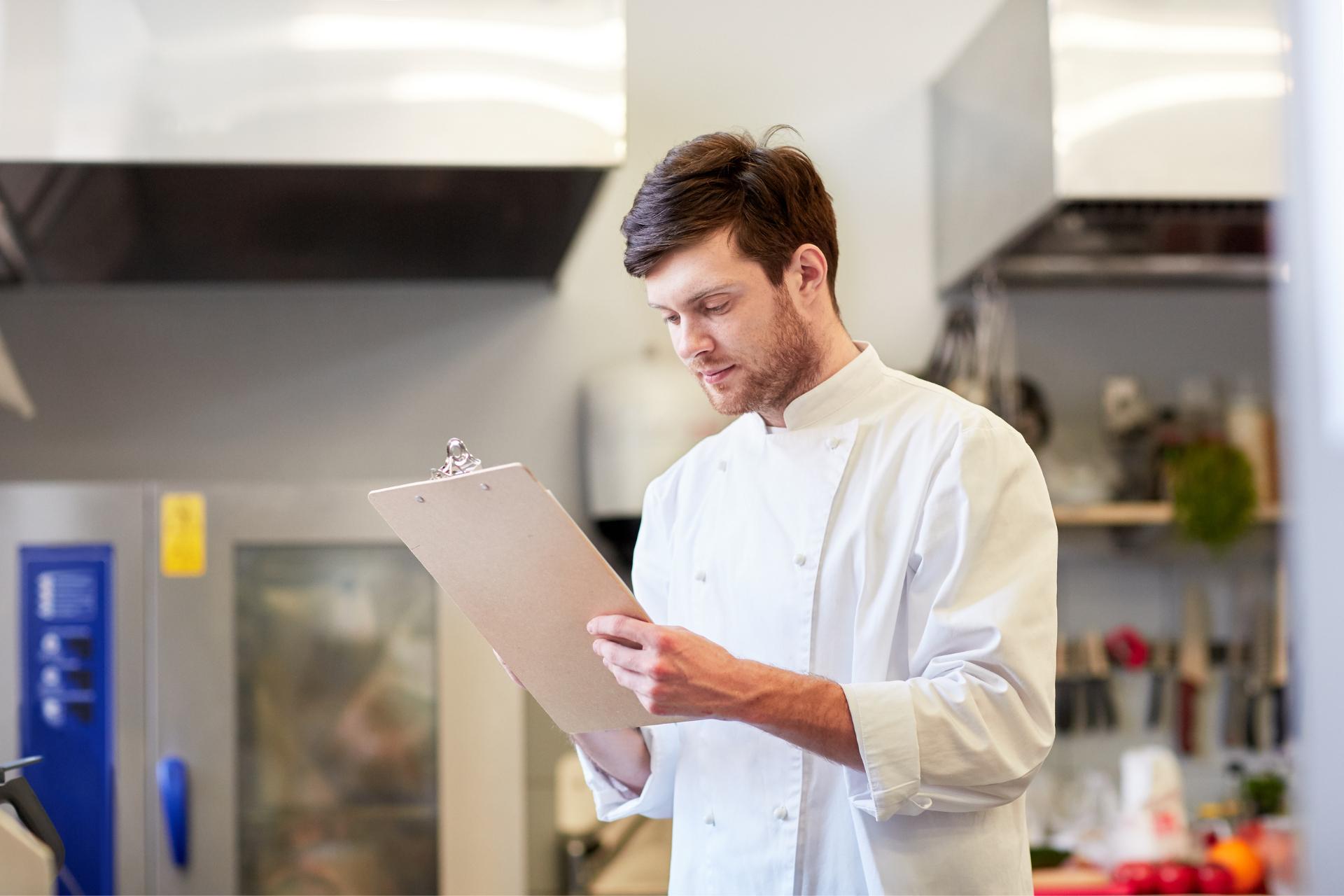
Supply chain issues are still in full effect across the industry — that’s one of the numerous issues left for us to solve after the pandemic. That’s why you have to be tight with your suppliers, and even tighter with your customer’s consumption trends. The same information mentioned above can also help you know the best way of optimizing your buying patterns, your relationships with providers, and more.
Other important data to know is:
- How good every dish on your menu is doing?
- How effective is your current inventory management system?
- How much money or stock is going to waste?
- How long does it take your suppliers to respond or satisfy your needs?
- How long does every item you order last on average?
- And more.
Knowing all these things has been an afterthought for years. But now, it’s necessary to coordinate orders with your suppliers to keep your restaurant running smoothly. To handle all this, you just have to find an inventory management system that has supply relationship management as a feature. Some apps are AI-powered, meaning they understand the consumption trends of your customers and prepare your restaurant for full operational efficiency when it needs it. Of course, they also prepare it to lay back safely during low-traffic timespans.
How to Start Automating Your Restaurant in 5 Simple Steps?
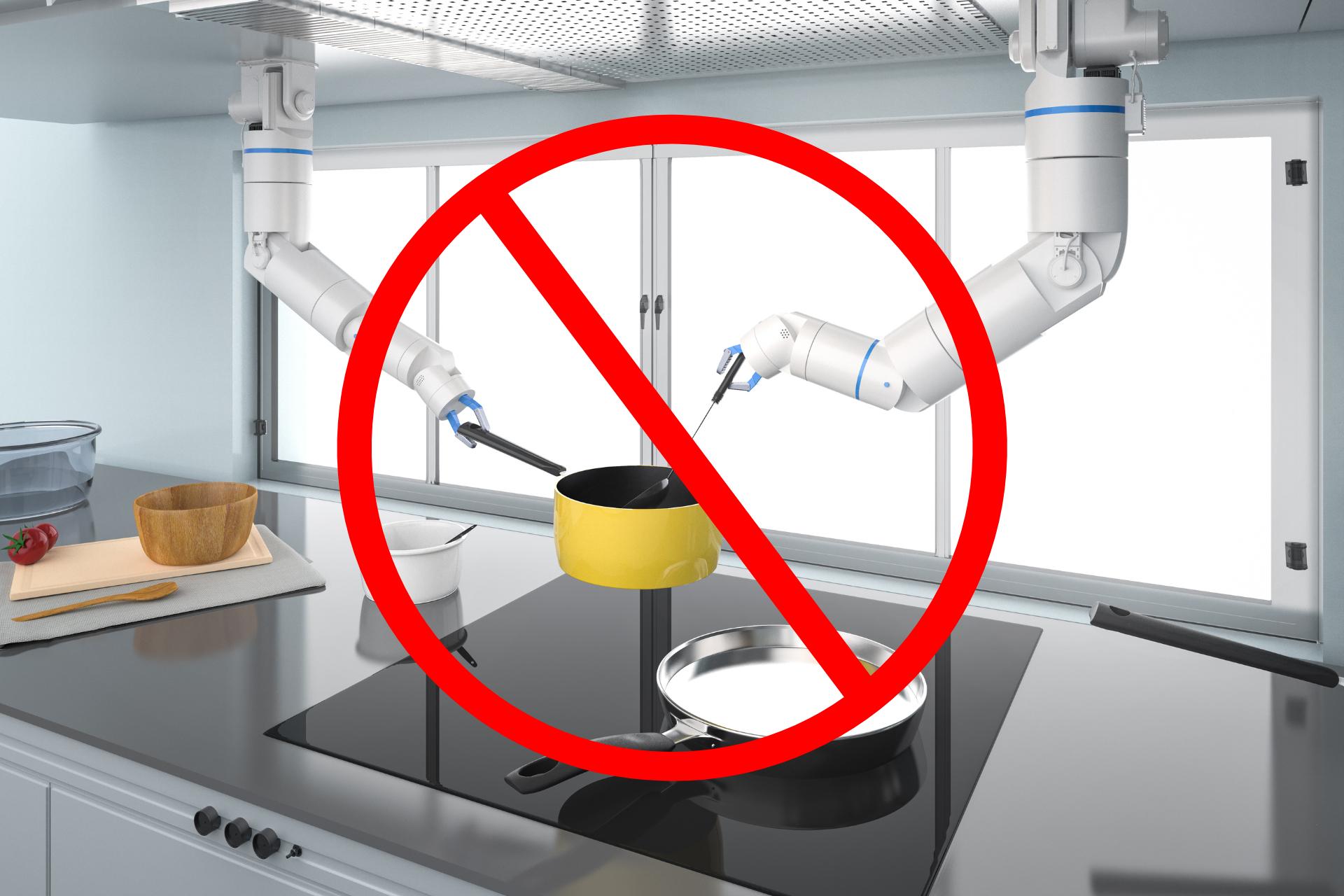
You’ve made it to the juicy part of the article. What do you need to start automating your restaurant right now? Well, I’ve mentioned four possible apps. And of course, if you search one app for each of these types of automation, you’ll find amazing apps. But, the truth is you don’t need anything fancy to get it done.
With simple apps, like Waiterio, and Google Sheets, you can get a lot done. At least, enough to make better business decisions. Still, this is not a process you can start without due procedure. Here’s what we recommend:
- Take some time to analyze the areas of your business that need the most improvement. That’s where you start!
- Then, think about the most important objectives you want to achieve with automation.
- Prepare your staff, and other collaborators like suppliers, accountants, and more for the automation process.
- Inform everyone about their responsibilities regarding automation.
- And keep track of how the automation evolves and works for your restaurant.
We’ve created a very interesting article about restaurant goals and how to create them. Automation is but another goal that you can establish in your restaurant to make it more efficient.
Automation Is Not Foolproof
One thing I wanted to mention before you think that automation is the final solution to running a successful restaurant is that we’ve been doing it without tech for years on end. So, even though it’s amazing what automation can achieve, restaurants are still service-based businesses. People serving delicious food to other people is still the main concept behind most food businesses, and that won’t change anytime soon. Another important thing to keep in mind is that they are mostly run by people — cooks, bakers, waiters, and more. Restaurants serve both sides, they give jobs, which should also be considered a service to the community.
That means that if you fail on either of those sides, then you can automatically ruin your business. See what I did there?
Automation Is a Necessary Process for Restaurants
Automation is necessary for restaurants because, even though we’re still serving people, people are now consuming faster! Restaurant trends are pointing away from full-service and instead point to convenience-based food businesses. There’s nothing wrong with that, and that doesn’t mean full-service restaurants will die. Instead, that’s where automation will become most important. Traditional restaurants will be rocked to adapt their offerings and technologies, just to keep up with the industry’s trends. But there’s still time — do not take it for granted forever though.
Is your restaurant ready for this shift?
